

Vines are perfect to dress up trellis, pergolas, wire fences and walls. Discover our selection of climbing plants that thrive in shade, whether it’s full shade or only part shade.
To learn more, read:
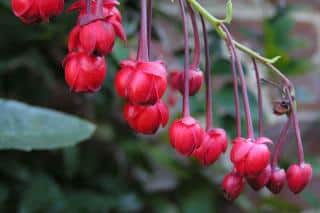 Appeal: evergreen lanceolate foliage, thick and deep green, paired with surprising unique flowers. Small red bells hang down from above all summer long.
Appeal: evergreen lanceolate foliage, thick and deep green, paired with surprising unique flowers. Small red bells hang down from above all summer long.
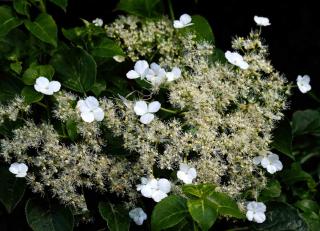 Appeal: its large, light green leaves that shift to yellow hues in fall. In summer, large white, vapor-wave umbels release a delicate fragrance.
Appeal: its large, light green leaves that shift to yellow hues in fall. In summer, large white, vapor-wave umbels release a delicate fragrance.
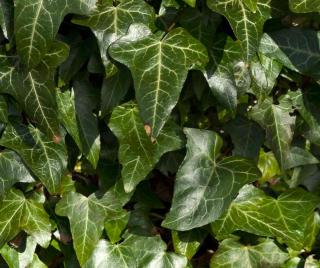 Appeal: there are a great many ivy varieties, which gives you a broad panel of leaf types to choose from. Some are dark green, others are variegated with yellow or cream-colors spots. Leaves usually number 3-5 lobes, some are whole.
Appeal: there are a great many ivy varieties, which gives you a broad panel of leaf types to choose from. Some are dark green, others are variegated with yellow or cream-colors spots. Leaves usually number 3-5 lobes, some are whole.
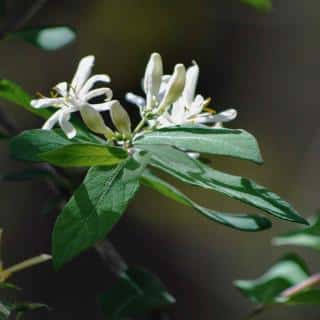 Appeal: very fragrant, honeysuckle flowers are tube-shaped with long stamens. Depending on the variety, blooms are yellow, orange, white or pink. Oval, tender green leaves will survive winter if it isn’t too harsh.
Appeal: very fragrant, honeysuckle flowers are tube-shaped with long stamens. Depending on the variety, blooms are yellow, orange, white or pink. Oval, tender green leaves will survive winter if it isn’t too harsh.
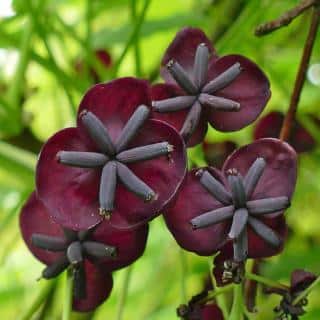 Appeal: this species has a unique combination: golden yellow leaves that pair well with violet-red flowers. It bears both male and female flowers on the same stem, and can produce fruits over the summer: small purple berries.
Appeal: this species has a unique combination: golden yellow leaves that pair well with violet-red flowers. It bears both male and female flowers on the same stem, and can produce fruits over the summer: small purple berries.
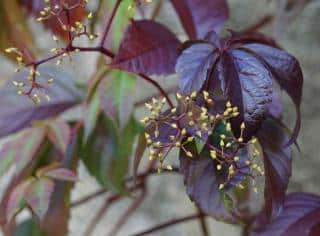 Appeal: this is an original choice, what with the large, five-fingered leaves that this creeper vine displays. Leaves have marked veins, serrated edges, and the lush green turns into fiery red hues in fall.
Appeal: this is an original choice, what with the large, five-fingered leaves that this creeper vine displays. Leaves have marked veins, serrated edges, and the lush green turns into fiery red hues in fall.
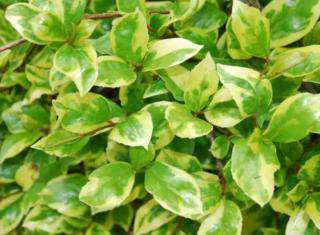 Ornamental appeal: what makes this climbing vine one-of-a-kind is its variegated foliage. With a mix of green and white, it doubles as a beautiful evergreen. Not so amazing are its small cream-white flowers, but they’re deliciously scented. They mature into small, bright red berries.
Ornamental appeal: what makes this climbing vine one-of-a-kind is its variegated foliage. With a mix of green and white, it doubles as a beautiful evergreen. Not so amazing are its small cream-white flowers, but they’re deliciously scented. They mature into small, bright red berries.
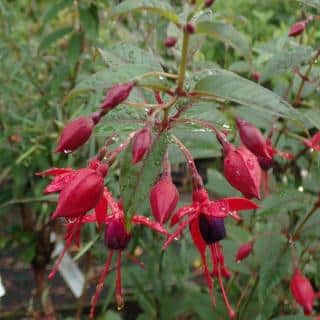 Appeal: this particular fuchsia variety won’t go unnoticed with its bright pink and violet double flowers. Each cute, ballerina-like bloom is about 2 inches across (5 cm). Leaves are ovate, tender green, and fall to the ground in winter.
Appeal: this particular fuchsia variety won’t go unnoticed with its bright pink and violet double flowers. Each cute, ballerina-like bloom is about 2 inches across (5 cm). Leaves are ovate, tender green, and fall to the ground in winter.→ Yet more options: fragrant clematis
To learn more, read: